New York: Asia Week New York is pleased to announce that Autumn 2022, will run from September 14 to 23 with an online and in-person exhibitions–including works from twenty-one international Asian art galleries and six auction houses–Bonhams, Christie’s, Doyle, Heritage, iGavel, and Sotheby’s. Thirteen of the galleries are simultaneously opening their doors to the public in New York, and the sales at the auction houses will be live and online.
To launch the festivities, a special webinar titled Sherman Lee: Master of Art, moderated by chairman Dessa Goddard, will take place on September 13th at 5:00pm EST. A renowned curator and scholar of Asian art, Lee built one of the foremost Asian art collections at The Cleveland Museum of Art. Click here to register: https://us06web.zoom.us/webinar/register/WN_CNxATZ-JTnmo7V7XErJ8Pg
Organized by category, here is a round-up of the highlights at the galleries:
Ancient and/or Contemporary Indian, Himalayan, and Southeast Asia
Taking center stage at Kapoor Galleries is this schist figure of Buddha Shakyamuni, Gandhara, 2nd/3rd Century (Kushan Period). Sculpted from gray schist, the present sculpture is a fine example of traditional Gandharan art. Schist was widely used as a material in Gandharan sculptures as it allowed detailed carving. It depicts Buddha as the enlightened spiritual teacher alleviating humankind from worldly despair. 34 East 67th Street
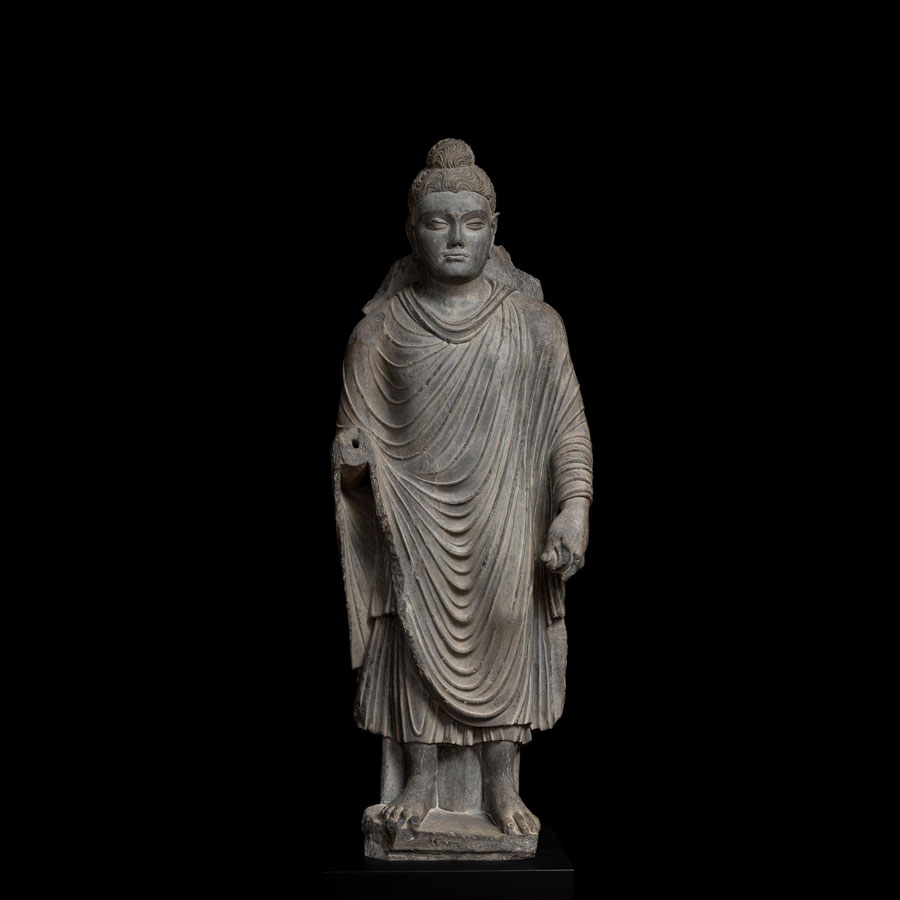
The showstopper at Thomas Murray is an exceptionally rare and important 19th/early 20th century Lukkus-Pintoan Headhunter Costume. Robes of this type are the most important of all Taiwan Aboriginal costumes and were exclusively worn by successful headhunters of the Atayal people. The red color represents the Blood of Life, with the linear geometry of the beading, representing the Rainbow Path of the Ancestors. Profoundly labor intensive to create, the hand pierced shell beads represent thousands of hours of stored value. Online only
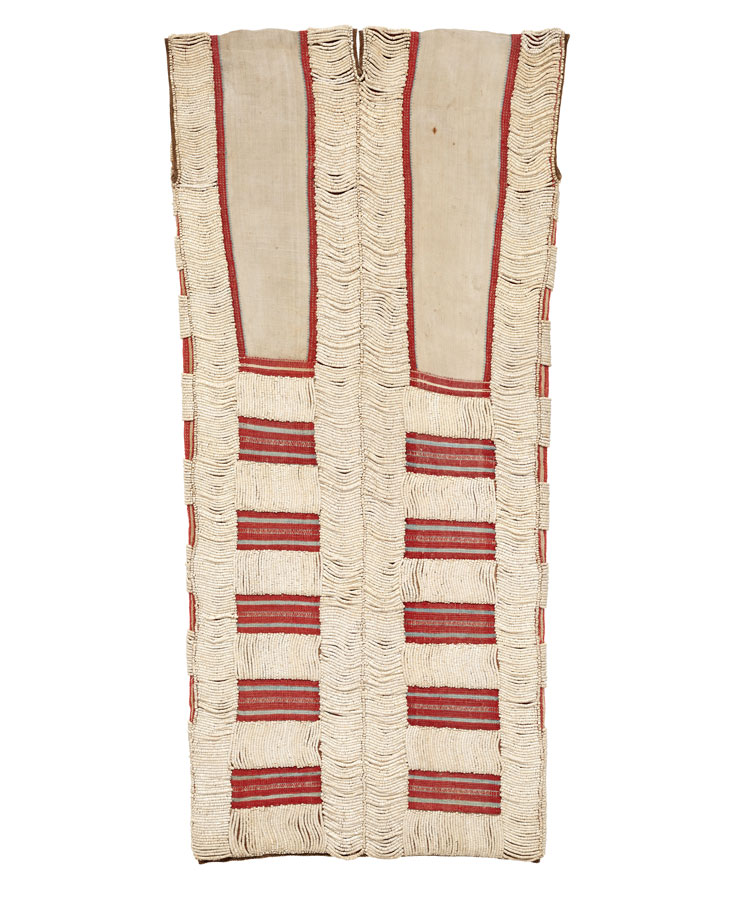
Among the paintings featured at Akar Prakar is Wounds (Trial Proof B4) by Somnath Hore, who is remembered as an artist and printmaker who experimented with and invented his own techniques for printmaking. Born in 1921 in a pre-independent India, he witnessed the tragedies that plagued the nation and the world at the time. His works, like this etching, are visual storytelling of the trauma he witnessed all his life. Online only
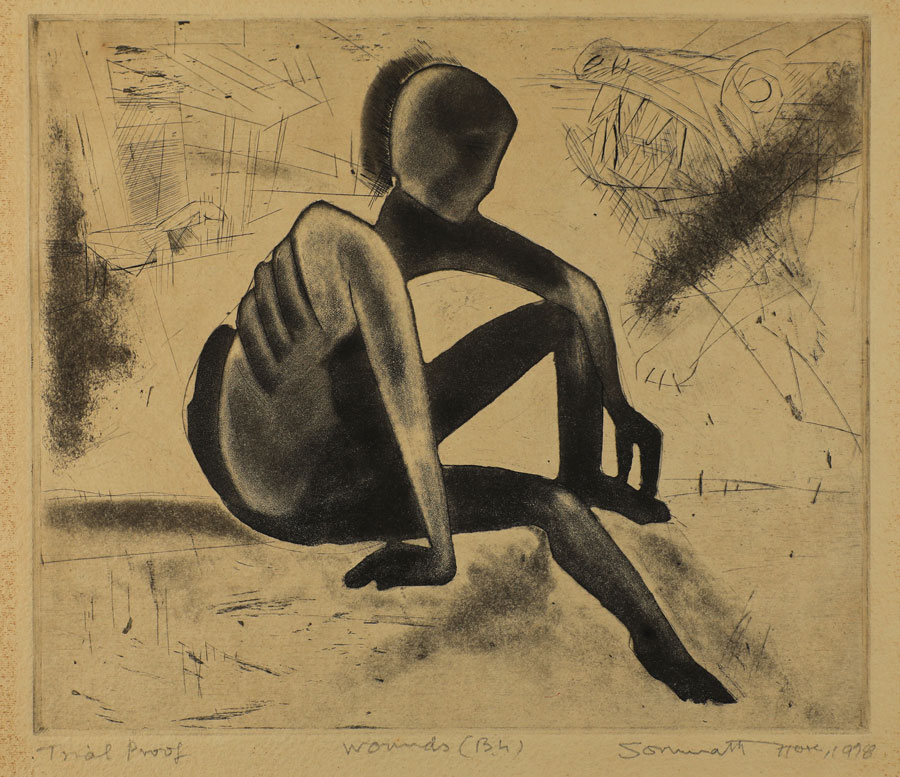
Ancient and/or Contemporary Chinese Art
Ralph M. Chait Galleries is offering The Happiness Twins, who are depicted holding a gourd and lotus flower for long life, and a box. They are associated with happiness and good fortune and are often shown with a Three-Legged Toad which was symbolic of wealth. Carved from a single section of bamboo (the tip), this sculpture symbolizes good fortune in all its manifestations. 16 East 52nd Street, 10th floor, for gallery hours, phone 212-397-2818
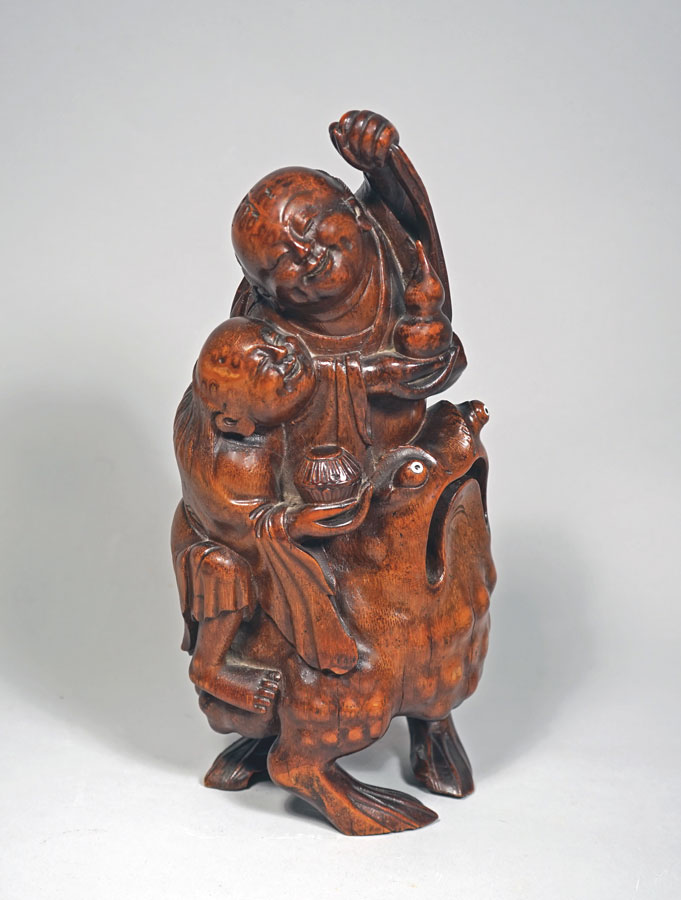
Beijing-based INKstudio presents landscape paintings from Bingyi’s recent field research in the Taihang Mountains in Northern China and will feature Mountain Spirit. Her Taihang series will debut at the exhibition Oneness: Nature and Connectivity in Chinese Art at the Philadelphia Museum of Art and runs concurrently with the gallery’s exhibition in New York. Online only
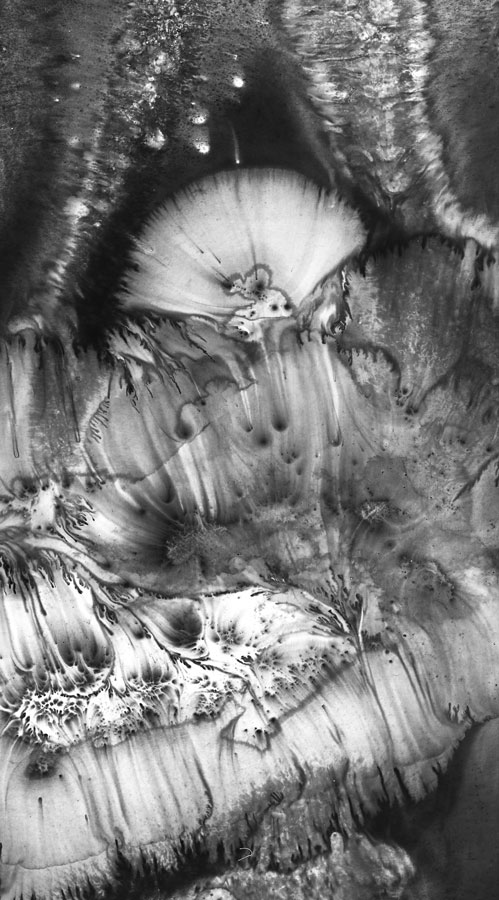
By all indications, the shape and surprisingly large size, distinctive palette, and florid style of this large sancai-decorated Cizhou Pillow at Kaikodo LLC indicates that it was produced at the kiln in Henan province during the Jin dynasty (12th/13th century). This pillow is not only a useful household accessory, but a powerful aesthetic and decorative statement as well. Online only
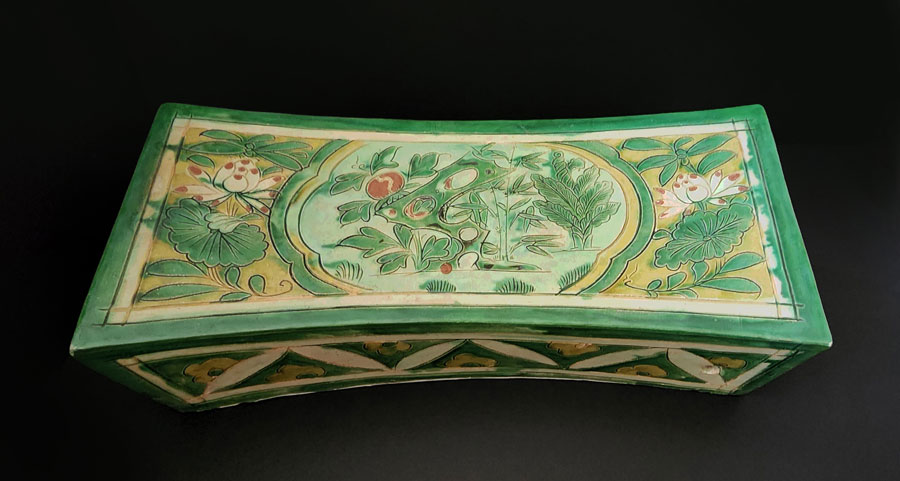
Ancient and/or Contemporary Japanese Art
The Art of Japan features Fireworks at Ryogoku, one of Utagawa Hiroshige’s most iconic designs, from the 100 Views of Edo series. A highlight of the hot Edo summers was the Noryou (enjoying the cool of the evening), with fireworks on the Sumida River. On days when the river was open to pleasure boats, spectators turned out in droves to admire the displays of the rival pyrotechnicians, Yamaya and Kagiya. The scene depicted here is in the autumn section of the series, which explains the smaller crowd than if it were in summer. Online only

Dai Ichi Arts, Ltd., presents Tsubo: The Art of Vessels which explores the sublime interpretations of the Tsubo form by Japan's modern and contemporary ceramic masters including the work of Minegishi Seiko who specializes in a unique type of celadon beige glaze which originated in China. 18 East 64th Street, by appointment
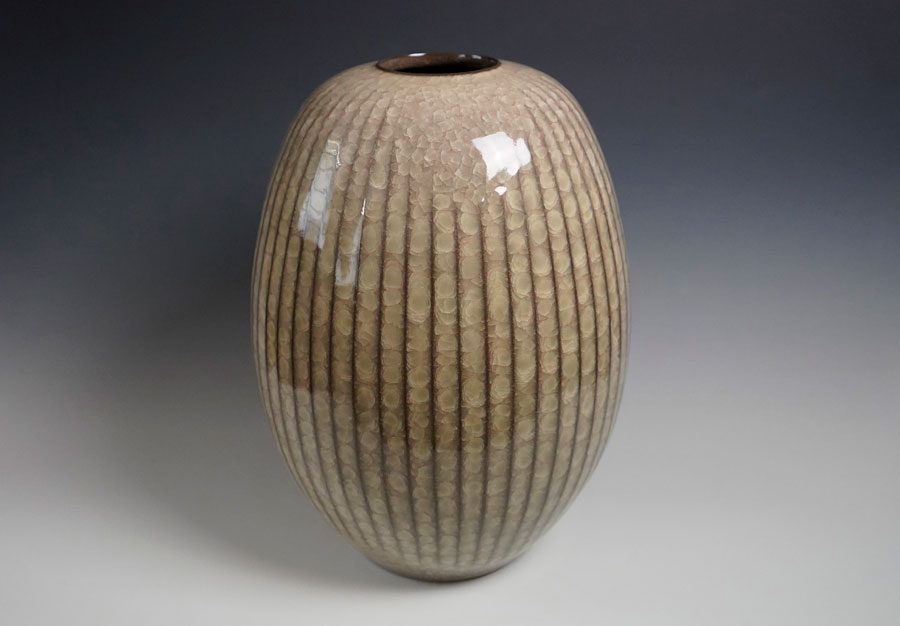
Egenolf Gallery Japanese Prints is presenting an exhibition of exceptionally early and beautiful prints from Tsukioka Yoshitoshi’s series, 100 Aspects of the Moon, which will include Jade Rabbit–Sun Wukong. Songoku, hero of the epic Chinese novel “Journey to the West” is shown holding his magic staff and playfully frolicking with the moon-dwelling Jade Rabbit in front of an enormous full moon. One of Yoshitoshi’s earliest print series (1864), Monkey and his Journey to the West–considered one of the top designs in this series–is beautifully printed, with strong woodgrain in the lower sky and strong pink hues of the moon. Online only

This exquisite example of Hisao Hanafusa’s enigmatic series “Fifth Dimension,” Byōbu II, the single artist show at Fu Qiumeng Fine Art, combines the traditional Japanese art of gilded screens with a post-minimalist interest in the idea of process. The three vertical shapes in dark grays, which are made of chemically treated aluminum paints, call to mind the shadow of a figure. When folded, the chemicals slowly oxidize the silver leaves on the adjacent panel, changing their complexions, and in doing so, create an indexical print of the former. 65 East 80th Street, for gallery hours, phone 646-838-9395

Ippodo Gallery presents Innovation in Form: Lacquerware by Jihei Murase III, the second exhibition at the gallery by the artist, featuring 35 lacquer works. The craft of Jihei Murase III is the culmination of generations of expertise and innovative genius. Since his last show, Murase has continued to gain recognition in the United States and Europe for his scrupulous attention to beauty and innovation of form. The artist reveres the beauty of functional things, expertly joining aesthetics with utility in everyday life as exemplified by this elegant hourglass-shaped flower vase. 32 East 67th Street

Sebastian Izzard LLC Asian Art presents Japanese Prints and Paintings from the Late Eighteenth Century. This was the decade of the ōkubi-e—defined as head and shoulder portraits—of both men and women, usually actors or courtesans and famous beauties of the day. One of the exhibition highlights is this color woodblock print of Ichikawa Danjūrō VI, one of the most popular Kabuki actors of all time, by Utagawa Kunimasa. 17 East 76th Street, 3rd Floor, by appointment

RED EARTH, the exhibition–at Joan B Mirviss LTD–will showcase the work of Ogawa Machiko, who has moved from sculptural forms to richly colored red vessels that resemble archaeological finds, retaining her signature quality of timeless discovery. Her desired deep red color is achieved by rubbing the glaze with a cloth over the surfaces. This hand-applied method creates subtle variations in the resulting matte red effect after firing. Tall standing conical red vessels reveal, through torn mouths and sliced edges, a contrasting white porcelain vessel nestled inside. Through such layering of forms, Ogawa calls into question the very idea of utsuwa (container) and its function. 39 East 78th Street, 4th floor.
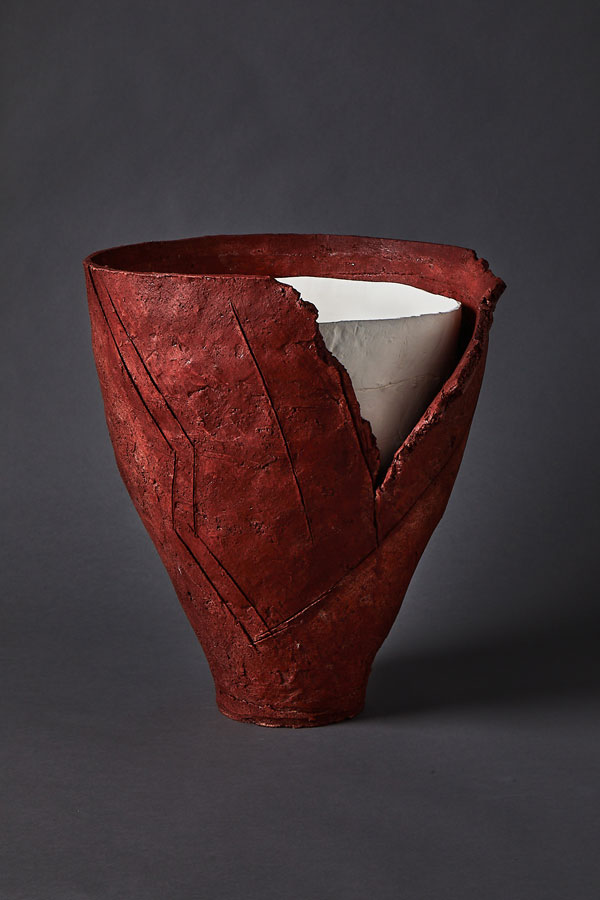
This stunning silver vase, presented by Onishi Gallery titled Yunagi (Evening Calm)– by Oshiyama Motoko, one of Japan’s leading female metalwork artists, illuminates the playful sense of a peaceful evening, the stars shining like diamonds in the quiet night sky. A combination of colorful metal alloy sheets is used to create a geometric pattern with fine gradations. She draws inspiration from natural phenomena, welding, and soldering metals together to produce refined objects with swirling patterns and abstract designs. Her work can be seen in the Arts of Japan Galleries at the Metropolitan Museum of Art. 521 West 26th Street, by appointment
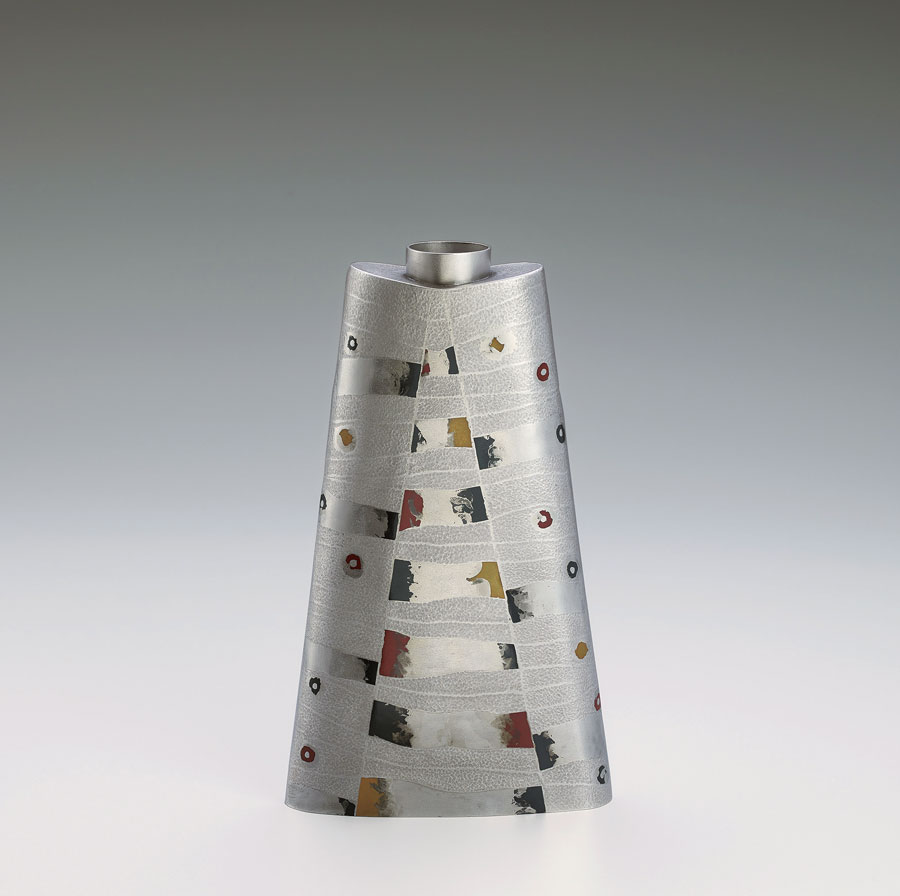
Inspired by the kimono exhibition from the John C. Weber collection at The Metropolitan Museum of Art in New York, Scholten Japanese Art presents Fashion Forward: Edo Beauties of the Floating World, which explores the swagger and finesse of kimono styles as presented by Edo Period artists, who were the fashion editors of their time. Among the highlights is A Pocket Mirror of Beauties- Six Immortal Poets of the Era: Ariwara no Narihira. 145 West 58th Street, Suite 6D, appointment appreciated
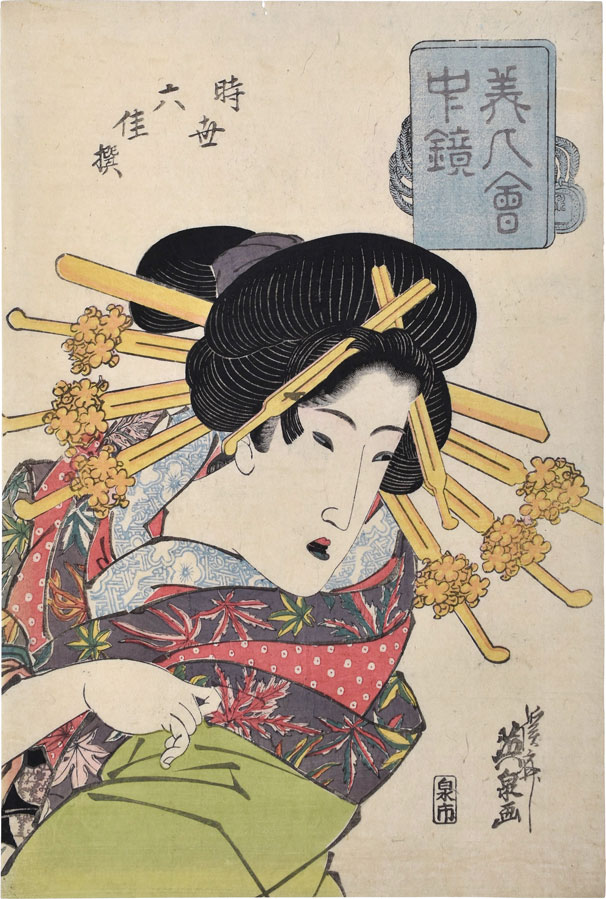
Among the highlights at TAI Modern is a highly geometric intertwined bamboo work of art by the emerging young artist Nakatomi Hajime who approaches his work like an engineer. In his world of numbers, he finds the beauty of geometry and symmetry and sees the elegance of simple circles, triangles, squares, ellipses, and figure-eights. Repeated many times, pure geometry can also take on organic form, comparable to a macroscopic view of microscopic structures inherent in nature. Nakatomi produces mysteriously intertwined objects, weightless and repetitive with a masterful delicate and dynamic visual effect as evidenced in Auspicious 8. Online only
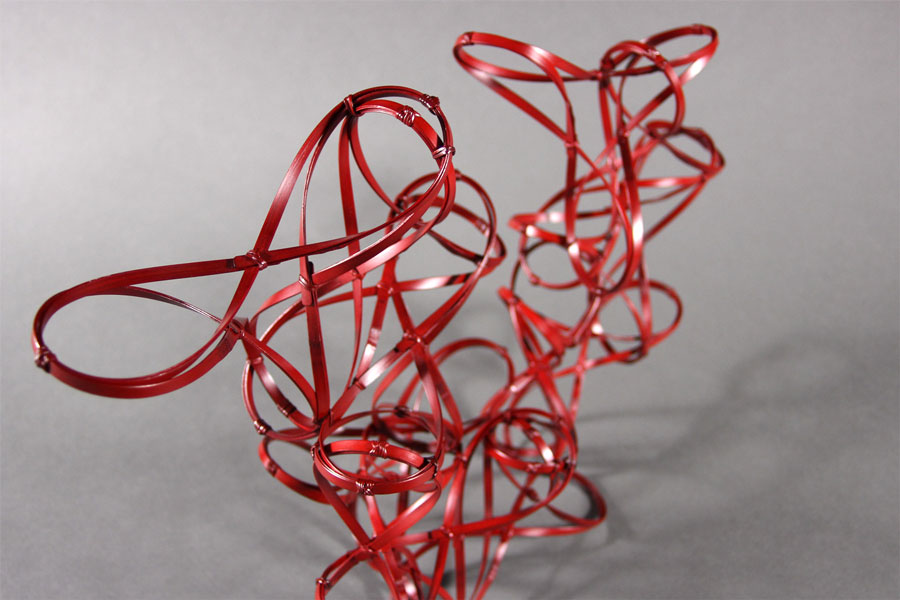
Thomsen Gallery will exhibit large works by the internationally renowned lacquer artist Nobuyuki Tanaka, who uses the ancient dry-lacquer technique to create amorphous, curving forms with meticulously finished surfaces that incorporate tactility and translucency. The colors are those used in traditional lacquer ware: high-gloss black or red, or a mélange of both. As exemplified in Imaginary Skin, his sculptural works explore both the horizontal and vertical orientations. 9 East 63rd Street 2nd floor
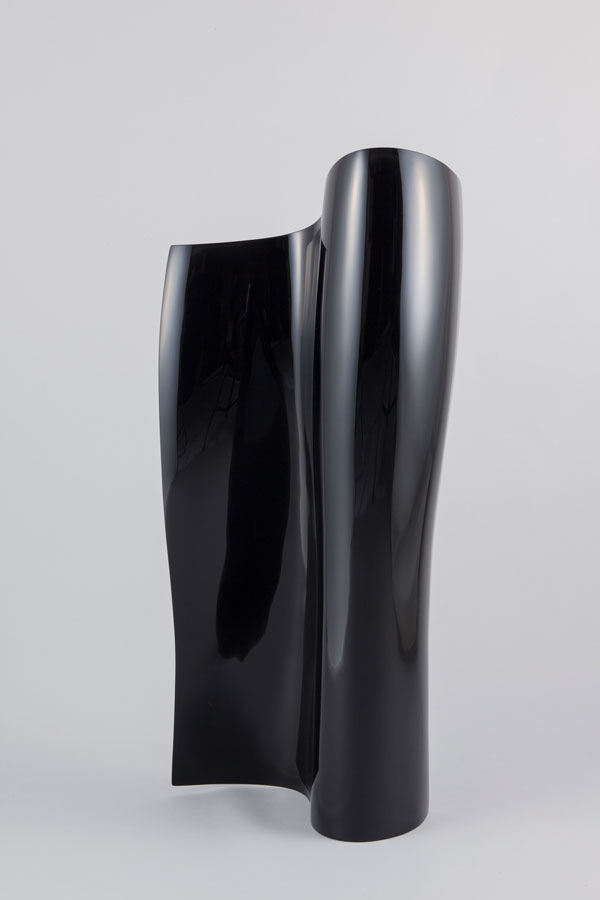
Among the animal-themed works of art that Hiroshi Yanagi Oriental Art will feature in their exhibition called Peluche, which means plush toy in French, is The Lion and The Guardian Dog, a pair of wooden figures from the Kamakura period,13th century. Online only
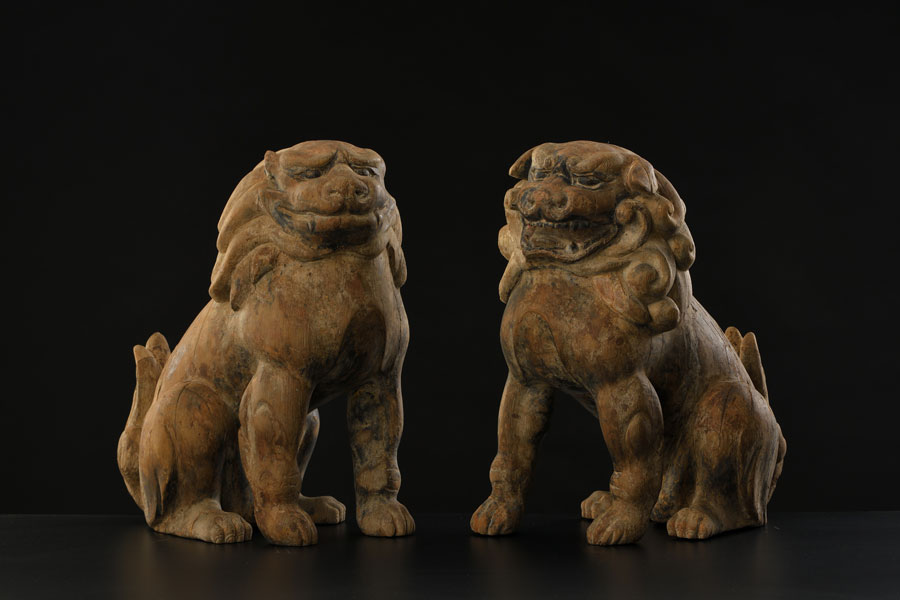
Miyako Yoshinaga presents two contemporary Japanese artists: Manika Nagari and Hitoshi Fugo, a painter and a photographer, respectively. In this vigorously stroked painting with bold colors, Nagara was inspired by her recent episode of disorientation and fear caused by the sudden deafness in one of her ears. Always interested in exploring the rich narratives with which different individuals and cultures express their own experiences, she painted Your Ears while imagining the different meanings and representations of hearing. 24 East 64th Street
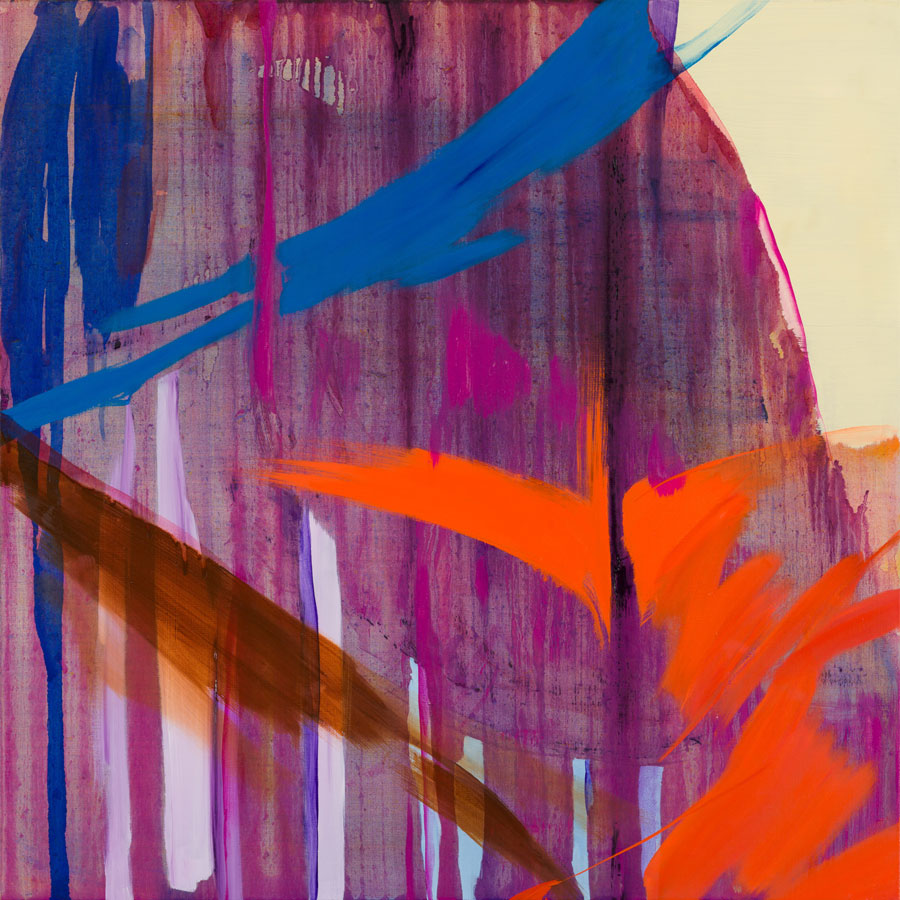
An exhibition of Japanese and Korean ceramics will be on view at Zetterquist Galleries. One of the standouts is a beautiful Nabeshima porcelain plate with baskets and flowers. Nabeshima-ware was originally produced in Hizen Province (now Saga Prefecture) as a tribute from the Feudal Lord Nabeshima to the Shogun in Edo. They represented the highest level of technical and artistic achievement in Japanese porcelain of the time. 3 East 66th Street, #2B. By appointment
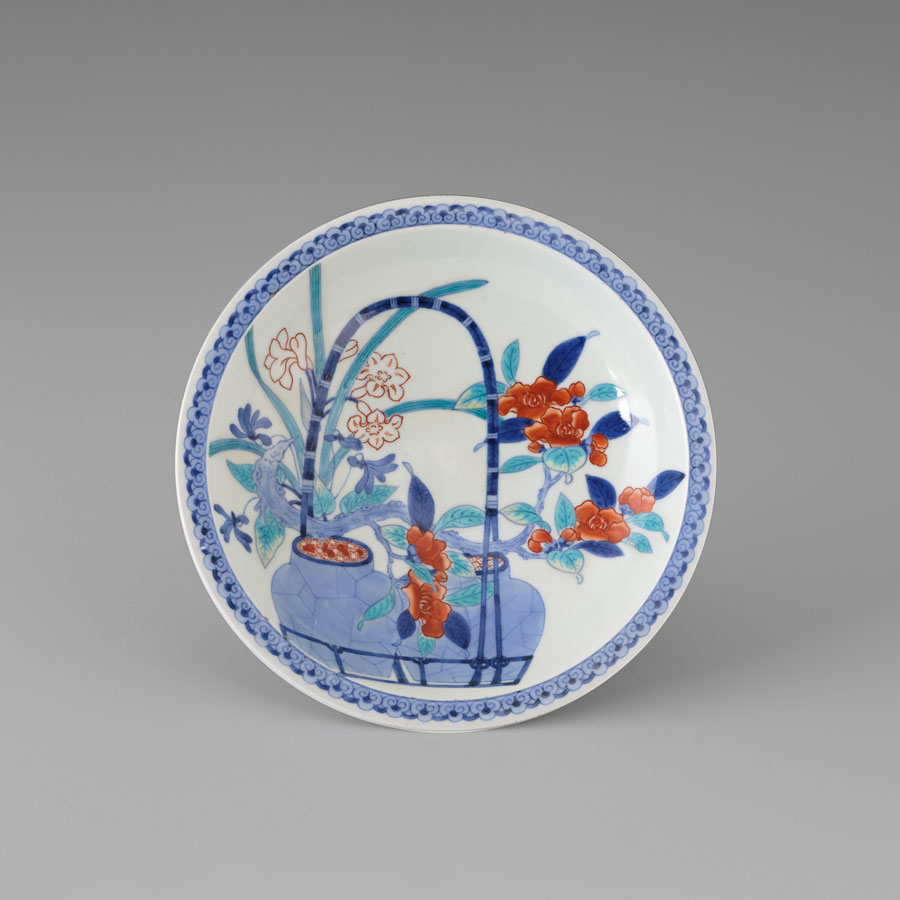
Ancient and Contemporary Korean Art
The exhibition, Cho Yong-Ik: Jumhwa and Wave Paintings, at HK Art & Antiques Ltd. will showcase over 10 paintings from the last decade by Cho Yong-Ik (b. 1934), a major Korean painter. After a period of inactivity, Cho has returned to the themes that occupied him during the 1970s and 1980s. These Jumhwa–dot paintings, and wave paintings–are examples of the trends that preoccupied the Dansaekhwa, or Korean monochrome painting movement, during the early period of Korean modern art. In the case of the Jumhwa, these marks are dots or wedges scraped from the monochromatic surface with either a finger or a painter’s knife, then overpainted and defaced again. The motifs in the wave paintings continue the theme of repetition and erasure but are often continuous across the monochrome surface and bear the clear signs of brushwork. 49 East 78th Street, by appointment
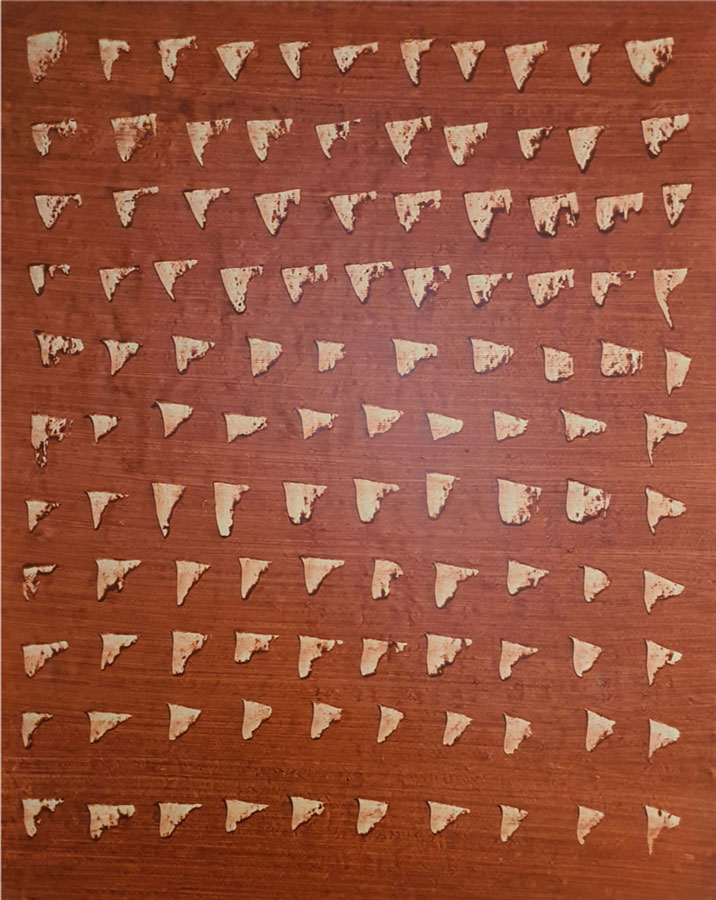
About Asia Week New York
The collaboration of top-tier international Asian art galleries, the major auction houses-Bonhams, Christie’s, Doyle, Heritage Auctions, iGavel, and Sotheby’s–and numerous museums and Asian cultural institutions, Asia Week New York is a week-long celebration filled with simultaneous gallery open houses, Asian art auctions as well as numerous museum exhibitions, lectures, and special events. Participants from the United States and countries abroad unveil an extraordinary selection of museum-quality treasures from China, India, the Himalayas, Southeast Asia, Tibet, Nepal, Japan, and Korea.
Asia Week New York Association, Inc. is a 501(c)(6) non-profit trade membership organization registered with the state of New York. For more information visit www.AsiaWeekNewYork.com @asiaweekny #asiaweekny
About Songtsam, Presenting Sponsor
Continuing as Presenting Sponsor for Asia Week New York is Songtsam Hotels, Resorts & Tours, an award-winning luxury boutique hotel group with thirteen properties (four Linka resort hotels and nine lodges) located in the Chinese provinces of Tibet and Yunnan. Founded by Baima Duoji, in 2000, the hotel group is the only collection of luxury Tibetan-style retreats found across the Tibetan Plateau that strives to preserve and share the cultures and spirituality of its locale, all the while offering guests sophisticated elegance, refined design, modern amenities, and unobtrusive service in places of natural beauty and cultural interest.
For information, visit: www.songtsam.com/en
Editor’s Notes
Dates: September 14-23
September 13: Webinar Sherman Lee: Master of Art
21 Galleries, 6 Auction Houses
For gallery hours and auction schedules visit: www.asiaweekny.com
Image Captions:
Ancient and/or Contemporary Indian, Himalayan, and Southeast Asian Art
A schist figure of Buddha Shakyamuni, Gandhara, 2nd/3rd Century (Kushan Period) Gray Schist
38 1⁄4 in. (97.2 cm). high Credit: Kapoor Galleries
Lukkus-Pintoan Headhunter Costume
Atayal People, Taiwan
Ramie, raveled trade wool, shell disk beads
19th/early 20th Century, Ex Collection Valerie Hector
48 x 96.5 /19 cm x 38 inches
Credit: Thomas Murray
Somnath Hore
Wounds (Trial Proof B4)
Etching
Size: 8 x 9.25 in. (20.3 cm x 23.4 cm)
1978
Credit: Akar Prakar
Ancient and/or Contemporary Chinese Art
Fine Chinese bamboo carving of the hehe erxian happiness twins riding upon a three-legged toad
18th/ early-19th century
Finely carved in the full round in great detail to the Boys, and the Toad has a wonderful comical expression.
The wood has a beautiful and warm brown tone.
12 ¼ inches (31.5 cm.) high
Credit: Ralph M. Chait Galleries
Bingyi
Mountain Spirit, 2022
Ink on xuan paper, 178 x 96 cm
Credit: INKstudio
A Large Sancai-decorated Cizhou Pillow
Jin dynasty
Late 12th-13th century
Length: 48.5 cm. (19 1/8 in.)
Width: 23.0 cm. (9 in.)
Height: 14.9 cm. (5 7/8 in.)
Credit: Kaikodo LLC
Nabeshima Plate with Baskets and Flowers
1690-1740’s
Hizen Ware, Japan
20.5cm diameter
Credit: Zetterquist Galleries
Ancient and/or Contemporary Japanese Art
Utagawa Hiroshige
Ryogoku Hanabi – Fireworks at Ryogoku
100 Views of Edo
1858
1st state Deluxe edition
Credit: The Art of Japan
Minegishi Seiko 峯岸 勢晃 (b. 1952)
Large Jar with Crackled Celadon Glaze
H19" x Diameter 13.5" x Lip Diameter 4.0"
H48.2 x Diameter 34.2 x Lip Diameter 10.1 cm
Stoneware with Beige Colored Celadon Glaze
With Signed Wood Box
Credit: Dai Ichi Arts, Ltd.
Tsukioka Yoshitoshi (1839-1892)
Jade Rabbit–Sun Wukong
Series: One Hundred Aspects of the Moon 月百姿
1889
Credit: Egenolf Gallery Japanese Prints
Hisao Hanafusa
Fifth Dimension Byōbu II, 2021
Six-panel folding screen, silver aluminum paint, silver leaves on paper
26.5 x 57.5 in. per panel
Credit: Fu Qiumeng Fine Art
Jihei Murase III
Negoro Flower Vase, 2022, Lacquer
Credit: Ippodo Gallery
Utagawa Kunimasa (1773–1810)
Ichikawa Danjūrō VI as Kanshaku no Jū
Color woodblock print: ōban tate-e, 14¼ x 10⅛ in. (36.2 x 25.7 cm); 1/1796
Signed: Kunimasa ga
Censor’s seal: kiwame (approved)
Publisher: Uemura Yohei
Credit: Sebastian Izzard LLC Asian Art
Akai utsuwa, “Red Vessel”
2021
Unglazed porcelain and stoneware with iron-oxide glaze
16 x 13 3/4 in. (40.6 x 34.9 cm.)
Credit: Joan B Mirviss LTD
Oshiyama Motoko (b. 1957)
Kakuhanmon Vase “Yunagi” (Evening Calm), 2021
Silver, brass, shakudo and copper
h. 9 7/8 x w. 6 x d. 2 3/8 in. (25 x 15 x 6 cm)
Credit: Onishi Gallery
Keisai Eisen (1790-1848)
A Pocket Mirror of Beauties- Six Immortal Poets of the Era: Ariwara no Narihira, ca. 1826-28
Woodblock print
14 7/8 x 10 in., 37.8 x 25.4 cm.
Credit: Scholten Japanese Art
Nakatomi Hajime
Auspicious 8, 2020
madake bamboo, rattan
13.5 x 18 x 5 in.
Credit: TAI Modern
Nobuyuki Tanaka (b. 1959)
Imaginary Skin, 2015, Japan
Dry lacquer
H 39¼ in. (99.6 cm)
Credit: Thomsen Gallery
The Lion and The Guardian Dog
A pair of wooden figures
Right; 15.3 in. high (39 cm) Left: 16.1 in. high (41 cm)
Kamakura period, 13th century
Credit: Hiroshi Yanagi Oriental Art
Manika Nagare
Your Ears
2022, Oil on canvas
28 5/8"x 28 5/8"in. (75.2 x 75.2 cm.)
© Manika Nagare, Courtesy MIYAKO YOSHINAGA
Korean Ancient and/or Contemporary Art
Sooyeon Hong (B. 1967)
“Tonal Dialogue #10,”2019
Acrylic on canvas
20.9 x 17.9 in. (53 x 45.5cm.)
Credit: HK Art & Antiques Ltd.
Press Contact: Marilyn White
973-493-3648
[email protected]
